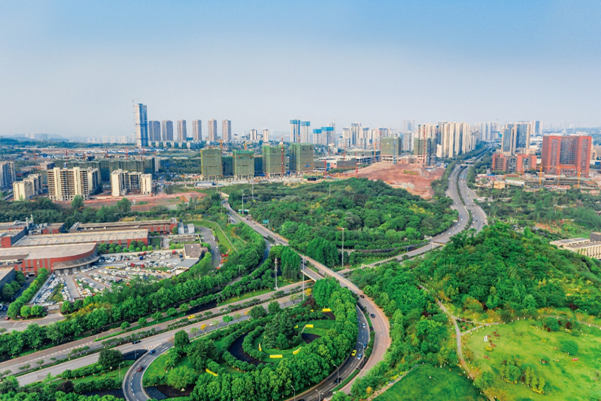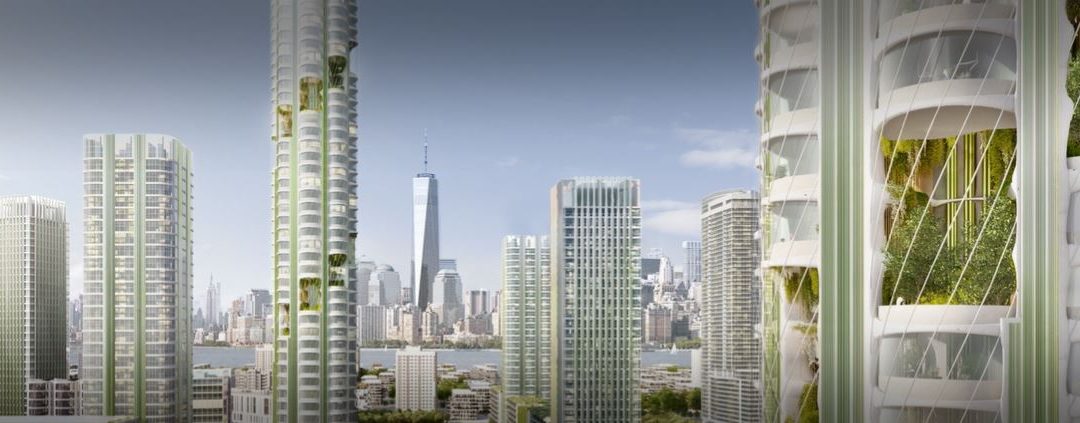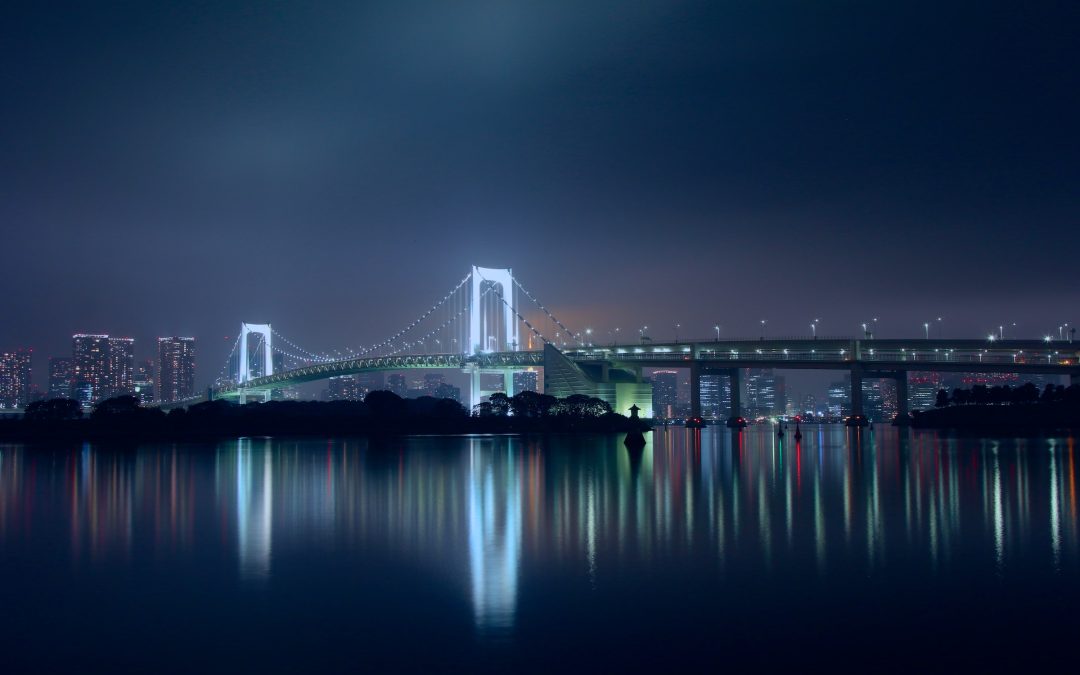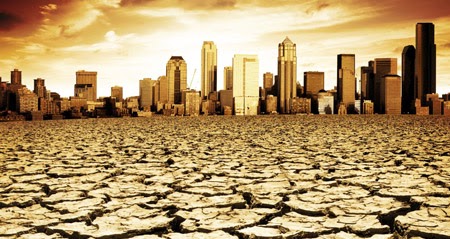


Sequoias in the city: high-rises that actually clean the air
The future of urban high-rise architecture has never looked rosier. Or in this case, greener.

How civil engineers promote a better quality of life through infrastructure
Infrastructure plays an essential role in our lives

The rise of the electric car: this time it’s here to stay
Civil Engineering for a sustainable future

Unprecedented Engineering Methods Used to Stabilize Leaning of San Francisco High Rise
In this blog, we will explore the leaning and sinking Millennium Tower that has confounded engineers, city officials and its residents a few years after it was completed in 2009.

Future World Vision: Climate Change
Future World Vision is an ASCE project that takes a look at trends and the future of our transitioning world, shedding light on how engineers can anticipate, reimagine and prepare for future changes. In this blog we present an overview of the project, the macrotrends and hypothetical “future scenarios” of how society and cities could function. The ASCE report presents six macrotrends: Alternative Energy; Autonomous Vehicles; Climate Change; Smart Cities; High-Tech Construction / Advanced Materials and Policy & Funding. These trends are poised to direct a major shift in infrastructure and the future of civil engineering.
In this blog we’ll take a deeper look into the role civil engineers will play in the Climate Change crisis.
